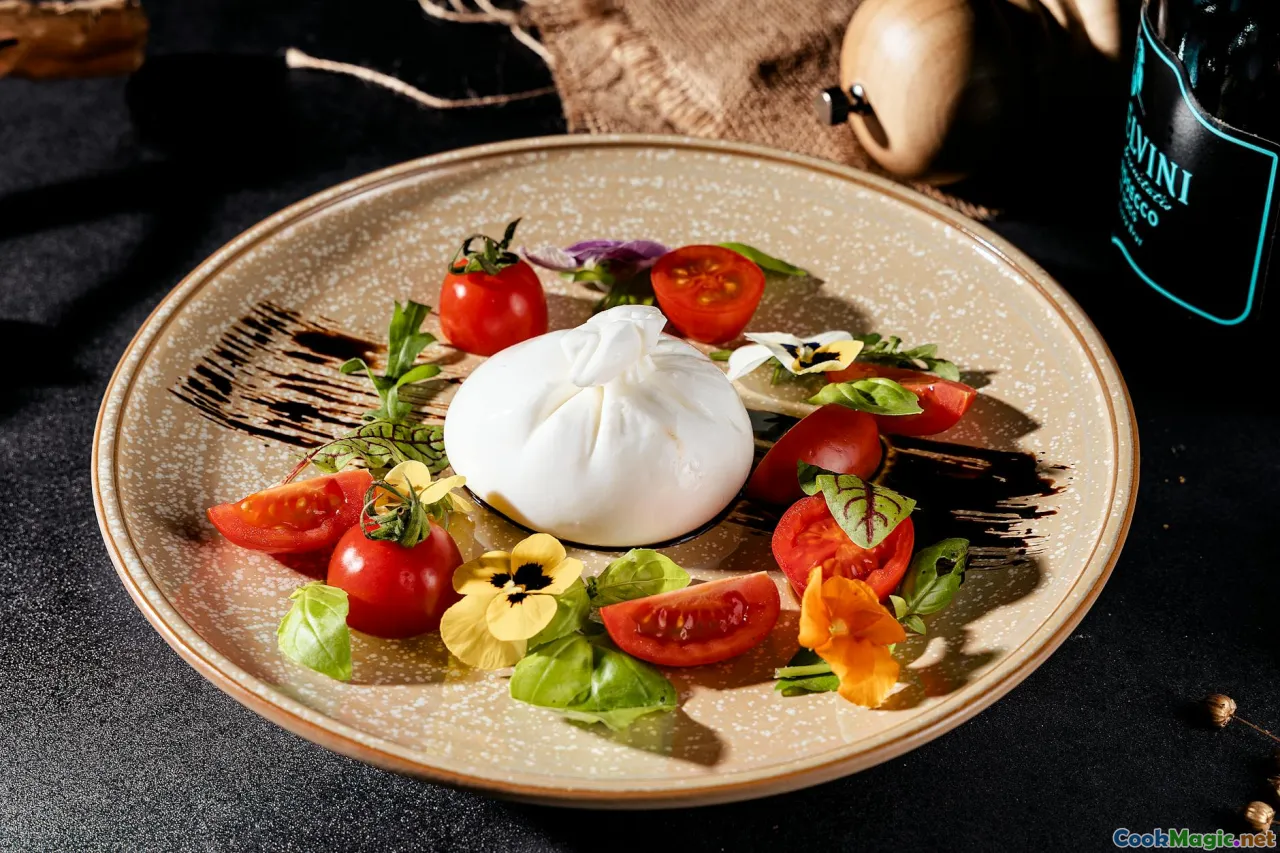Italian Dining Customs from Antipasto to Dolce
6 min read Explore the rich tapestry of Italian dining from antipasto to dolce, uncovering traditions, etiquette, and the sensory journey of authentic Italian meals. May 07, 2025 09:00
Italian Dining Customs from Antipasto to Dolce
Imagine stepping into a bustling Italian trattoria just as the sun begins to dip below the horizon, casting a warm golden glow over the rustic tables adorned with vibrant dishes. The aroma of freshly baked bread, fragrant herbs, and simmering sauces beckon you into a world where food is more than sustenance—it's a celebration of life, tradition, and community.
The Heartbeat of Italian Dining: A Cultural Tapestry
Italy’s culinary landscape is a mosaic of regional flavors, centuries-old traditions, and deeply rooted customs. Dining here is an art form, a ritual woven into the fabric of daily life that emphasizes savoring each moment, respecting ingredients, and cherishing company.
From the elegant tables of Milan to the seaside trattorias of Sicily, the journey of an Italian meal follows a beautifully orchestrated sequence—beginning with antipasto and culminating in dolce. Each phase is imbued with etiquette, history, and sensory delight, inviting diners to partake fully in Italy’s gastronomic heritage.
Starting with Antipasto: The Prelude to Flavor
The Significance of Antipasto
In Italy, the antipasto is more than just an appetizer; it’s an opening act that awakens the palate. Traditionally consisting of cured meats like prosciutto and salami, marinated vegetables, cheeses, and bruschetta, antipasto sets the tone for the meal.
Cultural and Regional Variations
In the north, you might find a selection of hearty cured meats and aged cheeses, reflecting the alpine influence. In the south, vibrant marinated vegetables and fresh seafood take center stage. The art lies in balancing flavors—salty, sour, sweet, and umami—each component complementing the next.
Etiquette and Serving
Antipasto is typically served family-style, encouraging sharing and conviviality. It’s customary to take small bites, savoring each element without rushing. Using tongs or small forks maintains hygiene, and engaging in conversation fosters the warm Italian spirit.
Primo and Secondo: The Main Acts
Risotto, Pasta, and Beyond
The primo piatto is where Italy’s culinary artistry truly shines. Imagine twirling a forkful of al dente pasta—perhaps a rich, saffron-infused Risotto alla Milanese or a delicate tagliatelle with Bolognese sauce. The textures are velvety, the flavors layered, and the aromas intoxicating.
The Meat and Seafood of Secondo
Following the primo, the secondo features hearty proteins—grilled chicken, veal, or fresh seafood like branzino or calamari—prepared with simplicity and respect for their natural flavors. The emphasis is on quality ingredients, cooked to perfection.
Dining Etiquette
Italians usually serve these courses sequentially, allowing diners to enjoy each dish fully. Resting between courses is customary, and wine pairing enhances the experience—Chianti, Barolo, or local whites depending on the region.
Contorni and Formaggi: The Supporting Roles
Vegetables and Sides
Contorni—side dishes like roasted vegetables or sautéed greens—are served alongside the main course, complementing the flavors.
Cheese Platters
A selection of regional cheeses often follows the secondo, offering a taste of local terroirs. Pair with crusty bread and perhaps a drizzle of honey or fruit preserves.
The Crown Jewel: Dolce
A Sweet Finale
No Italian meal is complete without dolce. From the creamy richness of Tiramisu and the delicate layers of Cassata to the crispness of cannoli, desserts are crafted to delight the senses.
Ritual and Enjoyment
Dessert is an occasion for indulgence—served with a shot of espresso or a glass of Limoncello to cleanse the palate. Sharing a sweet course fosters camaraderie and a sense of celebration.
The Etiquette and Emotional Significance of Italian Dining
Valuing the Meal as an Experience
In Italy, dining is a sacred ritual—an opportunity to connect with loved ones, honor tradition, and savor life's simple pleasures. It’s customary to linger over coffee and conversation, resisting the urge to rush.
Respect for Ingredients and Craftsmanship
The emphasis on fresh, high-quality ingredients and artisanal techniques underscores a deep respect for food and the artisans behind it.
Personal Reflections
Having traveled through Italy’s diverse regions, I’ve witnessed firsthand how each plate tells a story—of history, geography, and passion. The genuine warmth and pride in every dish make Italian dining an immersive cultural experience.
Final Thoughts
Embarking on an Italian culinary journey from antipasto to dolce is to enter a world where food is an expression of love and tradition. It’s a symphony of flavors, textures, and aromas that unite people and celebrate life’s most cherished moments. Whether you’re hosting a dinner or simply savoring a meal abroad, embracing these customs will deepen your appreciation for Italy’s rich gastronomic heritage.
Buon appetito!









